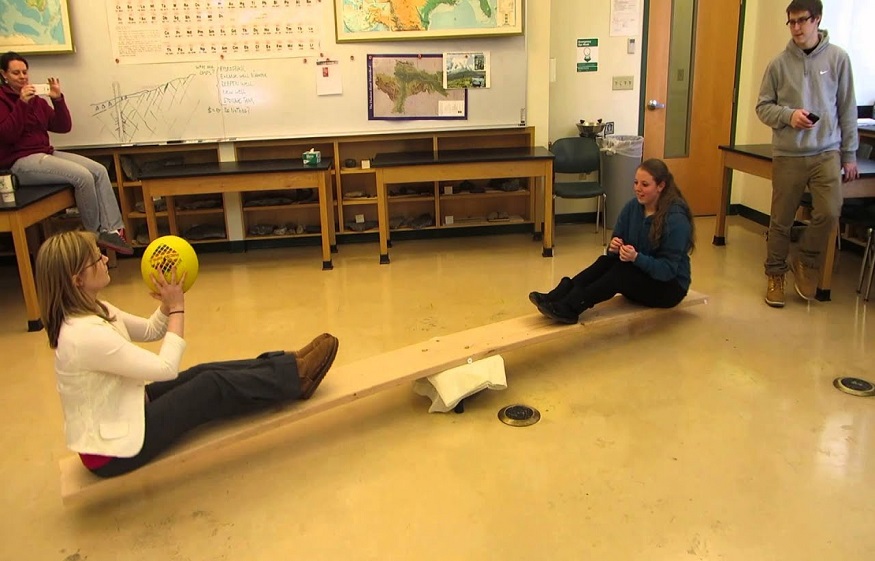The Coriolis Effect is an apparent effect produced by a rotating frame of reference. The Coriolis effect is observed when an object moving along a straight path is viewed from a non-fixed frame of reference.
We call the invisible force that appears to deflect the objects as Coriolis force. Coriolis force is a fictitious force that arises due to the rotational movement of the Earth. The Coriolis force always acts in a direction that is perpendicular to the moving object’s axis.
How to teach students about the Coriolis Effect?
The Coriolis effect can be a challenging concept to explain, but it is relatively easy to model. The Coriolis effect can be demonstrated with a simple and inexpensive balloon activity that takes approximately 15 minutes to complete. You can assess the student’s understanding of the Coriolis effect with the questions and answers provided at the bottom of the article.
Before you perform the experiment, introduce students to the concept of the Coriolis effect. For an excellent explanation of the Coriolis effect, you can take the help of the below video.
Balloon Experiment
Materials Needed
- 1 Balloon
- 2 Permanent Markers (different colours)
Procedure
- Blow the balloon.
- With the help of a marker, draw the equator on the balloon. The equator should lie midway between the top of the balloon and the knot.
- Label the top North Pole and the knot South Pole.
- Simulate Earth’s rotation by rotating the balloon left to right.
- While one partner rotates the balloon, the other checks the balloon’s movement from the North Pole perspective and the South Pole perspective.
- While one partner rotates the balloon firmly from left to right, the other draws a straight line from the North Pole south to the equator.
- While the Earth continues to rotate, one partner draws a straight line from the South Pole north to the equator.
Questions and Answers
Which direction does the balloon rotate when you look from the North Pole?Answer: The balloon spins counterclockwise.
Which direction does the balloon spin when looked from the South Pole?Answer: The balloon spins in a clockwise direction.
What happens when you draw a straight line from the North Pole to the equator?Answer: The line is not straight; instead veers west or right of the intended path.
What happens when you draw a straight line from the South Pole to the equator?Answer: The line is not straight but veers west or left of the intended path.





